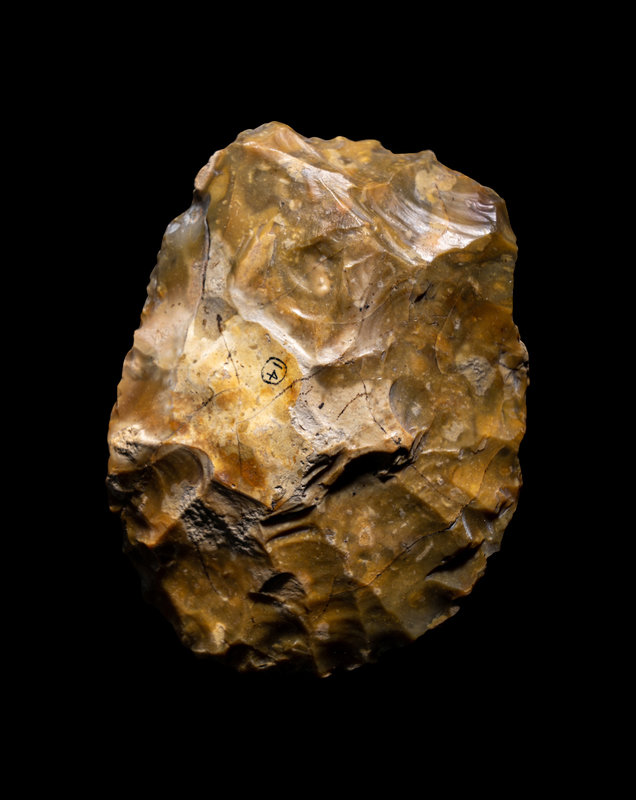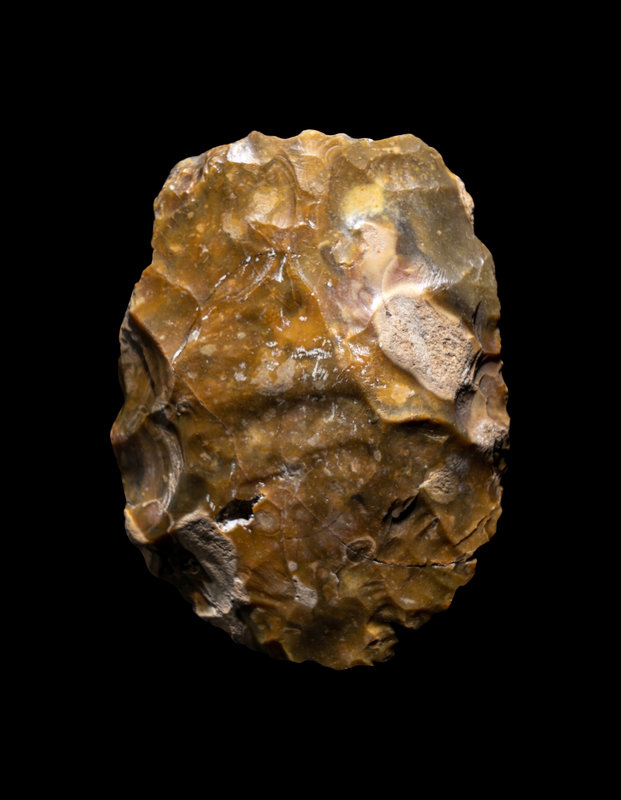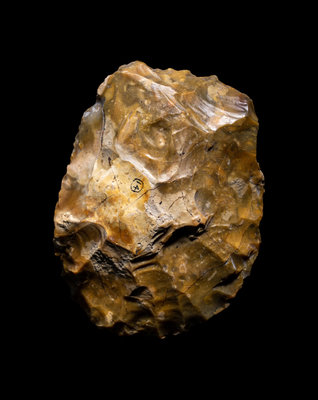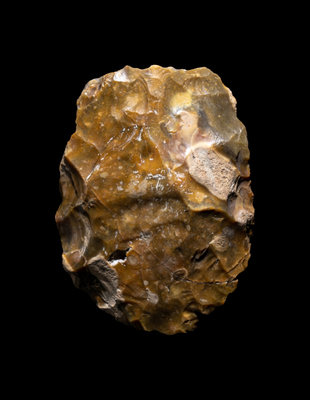Condition Report
Contact Information
Auction Specialist
Lot 58
An Ovate Acheulean Handaxe
Sale 1188 - Antiquities & Ancient Art
May 25, 2023
10:00AM CT
Live / Chicago
Own a similar item?
Estimate
$800 -
1,200
Price Realized
$4,725
Sold prices are inclusive of Buyer’s Premium
Lot Description
An Ovate Acheulean Handaxe
East Africa, Lower Paleolithic, Circa 1,500,000-200,000 Years Ago
Length 3 3/4 inches (9.5 cm).
Property from O'Gara and Wilson, Ltd., Chesterton, Indiana





